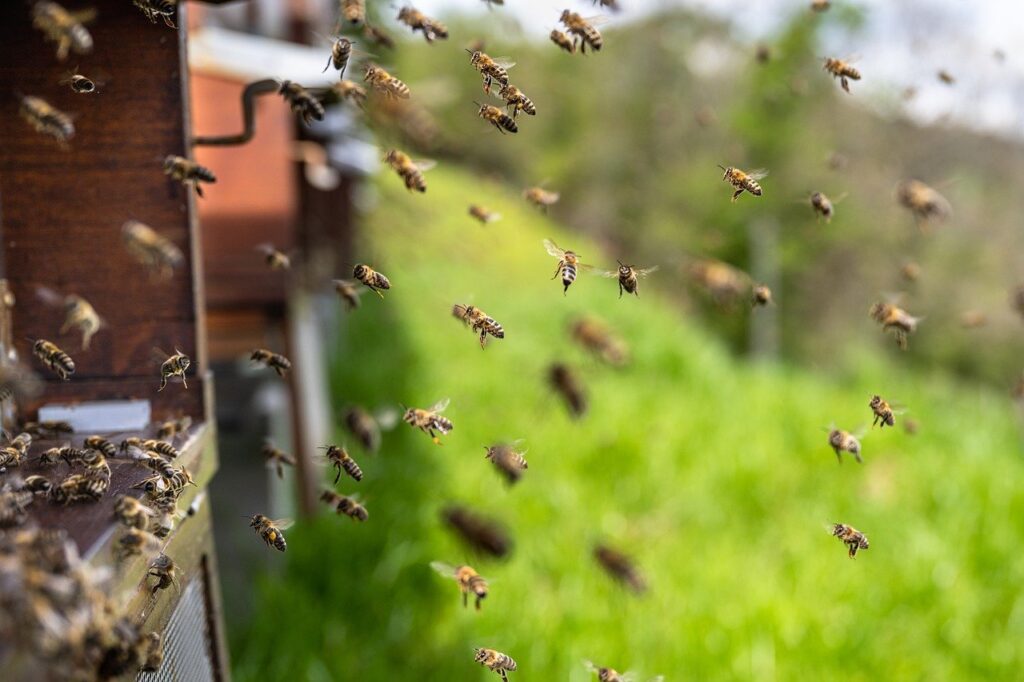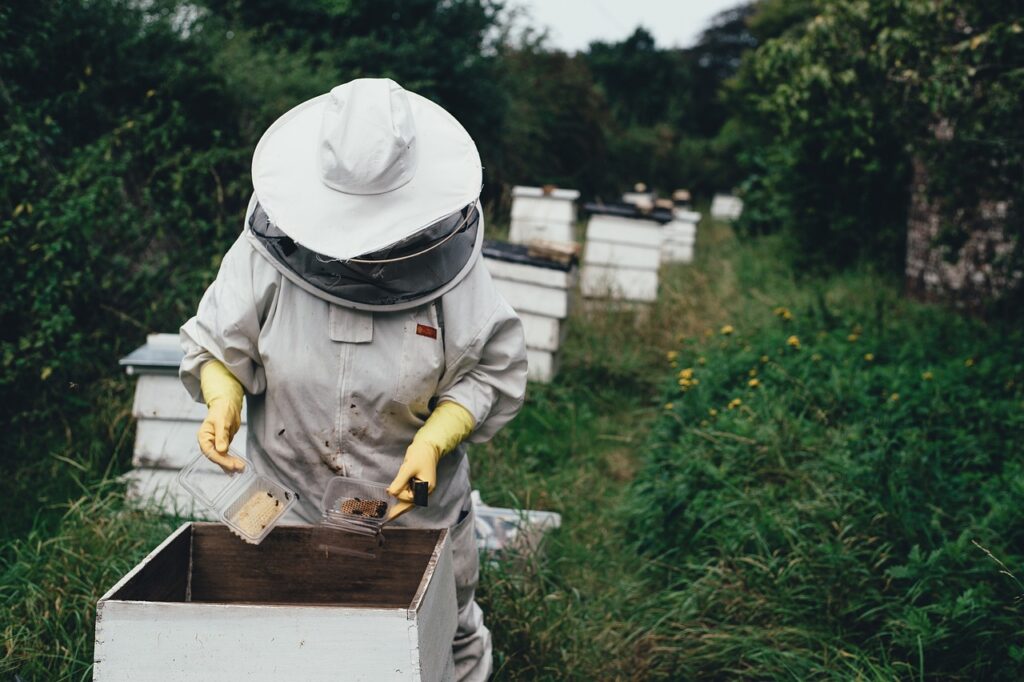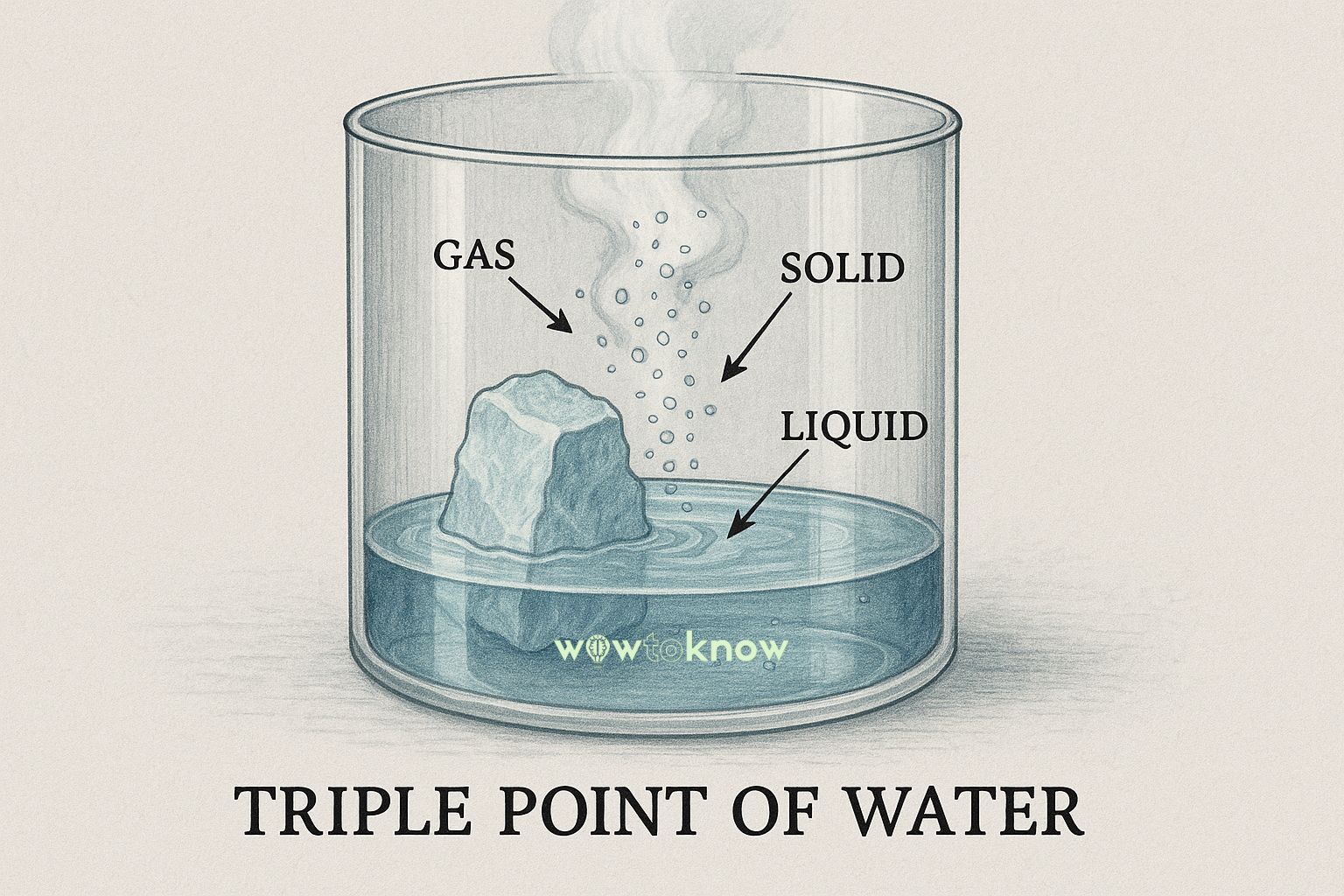If you open a jar of honey that’s been sitting on your shelf for years, you might wonder: Is this still safe to eat? Surprisingly, the answer is yes. Under the right conditions, honey doesn’t spoil – not in the way most foods do. In fact, archaeologists have discovered jars of honey in ancient Egyptian tombs that are over 3,000 years old, and they’re still perfectly edible.
So what gives honey this incredible staying power? The answer lies in chemistry, history, and a little help from the bees themselves.
What Makes Honey So Unique?
The reason honey doesn’t spoil comes down to its chemical composition. It’s one of the few natural foods that is almost completely inhospitable to bacteria, mold, and other microorganisms. Here’s why:
1. Low Water Content
Honey is hygroscopic, meaning it contains very little water but can absorb moisture from the air. Its water content is usually around 17% or less, which is too low to support microbial life. Microorganisms need water to thrive—without it, they can’t survive.
2. High Sugar Concentration
Honey is composed of about 80% natural sugars, mainly glucose and fructose. This creates an osmotic environment where water is pulled out of bacterial cells, effectively killing them or stopping them from reproducing.
3. Acidity
Honey is naturally acidic, with a pH between 3.2 and 4.5. This level of acidity is hostile to most bacteria and spoilage organisms. It’s similar in pH to vinegar or lemon juice.
4. Hydrogen Peroxide
Bees, these awesome insects that communicate by dancing, add an enzyme called glucose oxidase to honey during its production. When honey comes into contact with moisture (like on a wound or in your mouth), it produces small amounts of hydrogen peroxide—a well-known disinfectant.
Put all of this together, and you have a naturally preserved food that can last indefinitely under the right conditions.
Real-Life Discoveries of Ancient Edible Honey
One of the most famous examples of honey’s shelf life comes from the tombs of ancient Egypt. Archaeologists discovered sealed clay pots of honey in burial chambers over 3,000 years old. Not only was the honey still intact, but it was also still edible.
These finds aren’t just historical curiosities—they’re scientific proof that honey, when sealed and protected from moisture, truly doesn’t spoil.
Other discoveries have confirmed similar results. Researchers exploring ancient Chinese tombs and Greek archaeological sites have found honey and honeycombs that remained preserved over centuries.
According to the Smithsonian Magazine, honey’s long shelf life was likely one reason it was treasured by ancient civilizations for medicinal and ceremonial use.

What Could Make Honey Spoil?
While honey is practically eternal, it’s not invincible. Under the wrong conditions, honey can ferment or degrade.
Moisture Exposure
If honey absorbs water from the air (from being left uncovered or stored in a humid place), it may start to ferment. This is especially true for raw or unpasteurized honey. The presence of excess water allows yeast to grow, producing alcohol and sour flavors.
Contamination
Dipping a dirty spoon or storing honey in an unclean container can introduce bacteria or other contaminants. While most microbes can’t survive in honey, if enough moisture and contamination are introduced, you risk spoilage.
Heat and Light
Storing honey in warm or sunny areas can cause it to darken and lose some of its beneficial enzymes. It won’t necessarily spoil, but its taste and quality may degrade over time.
Does Crystallization Mean Honey Has Gone Bad?
No. Crystallization is a natural process, not a sign of spoilage.
Why Honey Crystallizes
Honey contains both glucose and fructose. Glucose is less soluble in water, and over time, it separates and forms tiny sugar crystals, especially in cooler temperatures. Raw honey crystallizes faster than filtered or pasteurized honey because it contains natural particles like pollen and wax that act as crystal “seeds.”
How to Fix It
Just place the jar in a bowl of warm water (not boiling) and stir gently. The crystals will dissolve, and the honey will return to its liquid state. Avoid using the microwave or direct heat, which can destroy honey’s enzymes and flavor.
How to Store Honey for Maximum Shelf Life
To keep your honey fresh for years—even decades—follow these tips:
- Use airtight containers: Glass jars are best. Plastic can leach chemicals over time.
- Keep it cool and dry: A pantry or cupboard away from sunlight is ideal.
- Avoid refrigeration: Cold temps speed up crystallization.
- Use clean utensils: Don’t double dip or leave spoons in the jar.=
If stored properly, your honey will stay as good as the day you bought it—maybe even better.

Is All Honey Created Equal?
Not exactly. While all real honey resists spoilage, some types have unique properties.
Raw vs. Processed Honey
- Raw honey is unfiltered and unheated. It contains pollen, enzymes, and antioxidants, and it’s more likely to crystallize.
- Processed honey is filtered and sometimes heated. It’s clearer, smoother, and slower to crystallize but may lose some health benefits.
Manuka Honey
Produced in New Zealand from the manuka plant, this honey has a compound called methylglyoxal (MGO) that gives it exceptional antibacterial power. It’s often used in wound care and is even approved for medical use in some countries (source).
FAQ
Can expired honey make you sick?
If it’s real honey and stored properly, no. It doesn’t “expire” in the traditional sense. Even old, crystallized honey is safe to eat.
Is it safe to eat honey that’s turned dark?
Yes. Honey darkens naturally over time due to oxidation. It might have a slightly different taste, but it’s still safe.
Why does my honey look cloudy or grainy?
That’s crystallization—totally normal and reversible. It doesn’t affect the safety or nutritional value.
How long can I keep honey after opening it?
Indefinitely. As long as you keep it sealed and stored properly, it won’t go bad.
Is it okay to eat honey with bits of wax or pollen in it?
Yes, especially in raw honey. These are natural components and often contain beneficial compounds.







